This article needs additional citations for verification .(March 2009) |
The semblative case is a grammatical case that denotes the similarity of one entity to another.
This article needs additional citations for verification .(March 2009) |
The semblative case is a grammatical case that denotes the similarity of one entity to another.
Wagiman, an indigenous Australian language, has a semblative case suffix -yiga, that is functionally identical to the -like suffix in English, as in the example:
gahan
that
mamin
white man
dup-pa
sit-ASP
ga-yu
3SG-be
jilimakkun-yiga
woman-SEMBL
That white man sits like a woman
English has a number of semblative derivational suffixes, including -like and -esque.
However, as in many other languages, semblativity in English is marked with derivational affixes instead of being an inflectional case.
In grammar, the comitative case is a grammatical case that denotes accompaniment. In English, the preposition "with", in the sense of "in company with" or "together with", plays a substantially similar role.

The Eskaleut, Eskimo–Aleut or Inuit–Yupik–Unangan languages are a language family native to the northern portions of the North American continent, and a small part of northeastern Asia. Languages in the family are indigenous to parts of what are now the United States (Alaska); Canada including Nunavut, Northwest Territories, northern Quebec (Nunavik), and northern Labrador (Nunatsiavut); Greenland; and the Russian Far East. The language family is also known as Eskaleutian, Eskaleutic or Inuit–Yupik–Unangan.
Kinyarwanda, Rwandan or Rwanda, officially known as Ikinyarwanda, is a Bantu language and the national language of Rwanda. It is a dialect of the Rwanda-Rundi language that is also spoken in Burundi and adjacent parts of the Democratic Republic of the Congo, Uganda and Tanzania. Kinyarwanda is universal among the native population of Rwanda and is mutually intelligible with Kirundi, the national language of neighbouring Burundi. Kinyabwishya and Kinyamulenge are mutually intelligible dialects spoken in the North Kivu and South Kivu provinces of neighbouring DR Congo.
In linguistics, a causative is a valency-increasing operation that indicates that a subject either causes someone or something else to do or be something or causes a change in state of a non-volitional event. Normally, it brings in a new argument, A, into a transitive clause, with the original subject S becoming the object O.
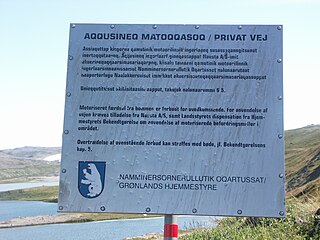
Greenlandic is an Eskimo–Aleut language with about 57,000 speakers, mostly Greenlandic Inuit in Greenland. It is closely related to the Inuit languages in Canada such as Inuktitut. It is the most widely spoken Eskimo–Aleut language. In June 2009, the government of Greenland, the Naalakkersuisut, made Greenlandic the sole official language of the autonomous territory, to strengthen it in the face of competition from the colonial language, Danish. The main variety is Kalaallisut, or West Greenlandic. The second variety is Tunumiit oraasiat, or East Greenlandic. The language of the Inughuit of Greenland, Inuktun or Polar Eskimo, is a recent arrival and a dialect of Inuktitut.
Mbula is an Austronesian language spoken by around 2,500 people on Umboi Island and Sakar Island in the Morobe Province of Papua New Guinea. Its basic word order is subject–verb–object; it has a nominative–accusative case-marking strategy.
Tariana is an endangered Maipurean language spoken along the Vaupés River in Amazonas, Brazil by approximately 100 people. Another approximately 1,500 people in the upper and middle Vaupés River area identify themselves as ethnic Tariana but do not speak the language fluently.
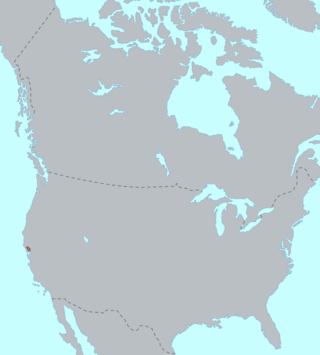
Wappo is an extinct language that was spoken by the Wappo tribe, Native Americans who lived in what is now known as the Alexander Valley north of San Francisco. The last fluent speaker, Laura Fish Somersal, died in 1990. The loss of this language is attributed to the general use of English in schools and workplaces.
Unless otherwise indicated, Tigrinya verbs in this article are given in the usual citation form, the third person singular masculine perfect.
Symmetrical voice, also known as Austronesian alignment, the Philippine-type voice system or the Austronesian focus system, is a typologically unusual kind of morphosyntactic alignment in which "one argument can be marked as having a special relationship to the verb". This special relationship manifests itself as a voice affix on the verb that corresponds to the syntactic role of a noun within the clause, that is either marked for a particular grammatical case or is found in a privileged structural position within the clause or both.
Gurindji Kriol is a mixed language which is spoken by Gurindji people in the Victoria River District of the Northern Territory (Australia). It is mostly spoken at Kalkaringi and Daguragu which are Aboriginal communities located on the traditional lands of the Gurindji. Related mixed varieties are spoken to the north by Ngarinyman and Bilinarra people at Yarralin and Pigeon Hole. These varieties are similar to Gurindji Kriol, but draw on Ngarinyman and Bilinarra which are closely related to Gurindji.
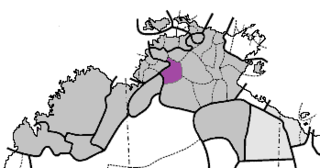
Wagiman, also spelt Wageman, Wakiman, Wogeman, and other variants, is a near-extinct Aboriginal Australian language spoken by a small number of Wagiman people in and around Pine Creek, in the Katherine Region of the Northern Territory.
Yabem, or Jabêm, is an Austronesian language of Papua New Guinea.
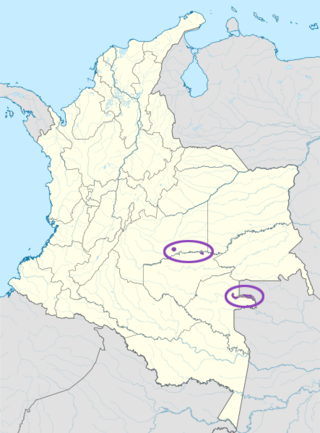
Guanano (Wanano), or Piratapuyo, is a Tucanoan language spoken in the northwest part of Amazonas in Brazil and in Vaupés in Colombia. It is spoken by two peoples, the Wanano and the Piratapuyo. They do not intermarry, but their speech is 75% lexically similar.
In linguistics, pluractionality, or verbal number, if not used in its aspectual sense, is a grammatical aspect that indicates that the action or participants of a verb is, or are, plural. This differs from frequentative or iterative aspects in that the latter have no implication for the number of participants of the verb.
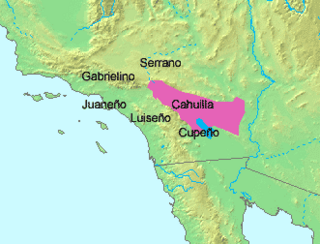
Cahuilla, or Ivilyuat, is an endangered Uto-Aztecan language, spoken by the various tribes of the Cahuilla Nation, living in the Coachella Valley, San Gorgonio Pass and San Jacinto Mountains region of southern California. The Cahuilla demonyms include Ɂívil̃uwenetem or Iviatam–speakers of Ivilyuat (Iviɂa)–or táxliswet meaning "person." A 1990 census revealed 35 speakers in an ethnic population of 800. With such a decline, Ivilyuat is classified as "critically endangered" by the UNESCO Atlas of the World's Languages in Danger as most speakers are middle-aged or older with limited transmission rates to children.

Tundra Nenets is a Uralic language spoken in European Russia and North-Western Siberia. It is the largest and best-preserved language in the Samoyedic group.

Iatmul is the language of the Iatmul people, spoken around the Sepik River in the East Sepik Province, northern Papua New Guinea. The Iatmul, however, do not refer to their language by the term Iatmul, but call it gepmakudi.
Mavea is an Oceanic language spoken on Mavea Island in Vanuatu, off the eastern coast of Espiritu Santo. It belongs to the North–Central Vanuatu linkage of Southern Oceanic. The total population of the island is approximately 172, with only 34 fluent speakers of the Mavea language reported in 2008.
Dom is a Trans–New Guinea language of the Eastern Group of the Chimbu family, spoken in the Gumine and Sinasina Districts of Chimbu Province and in some other isolated settlements in the western highlands of Papua New Guinea.